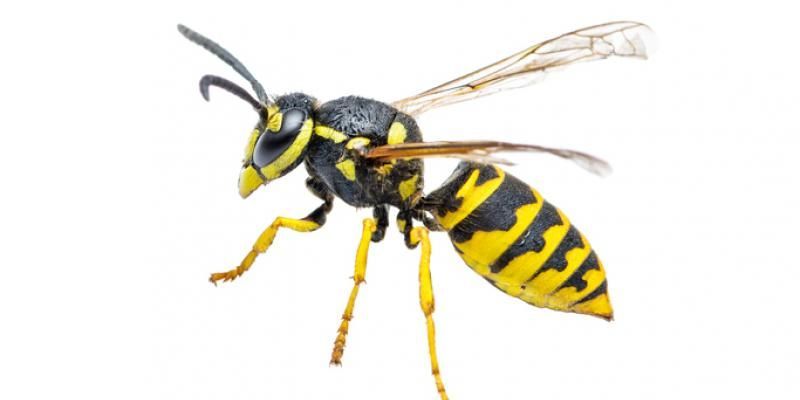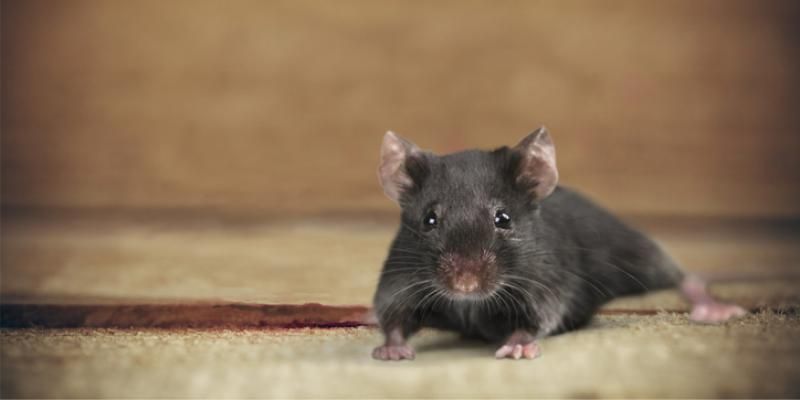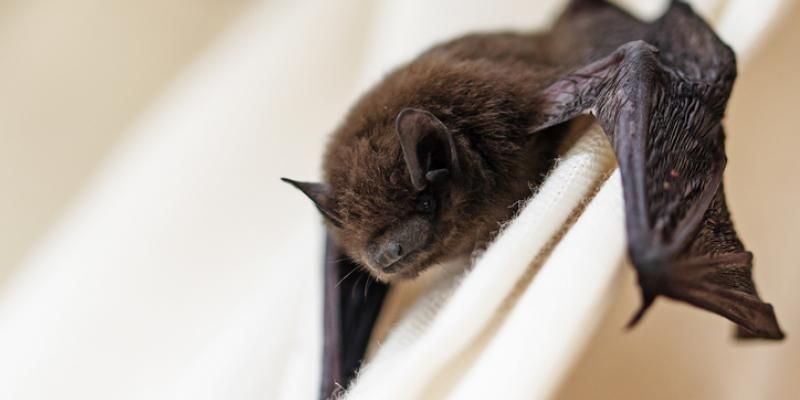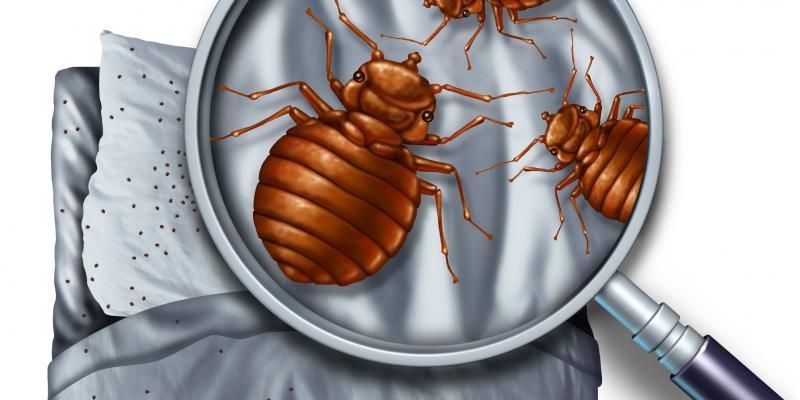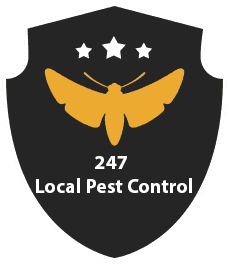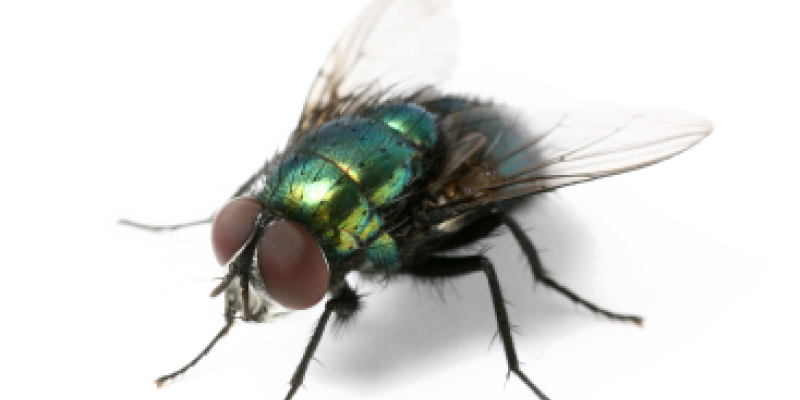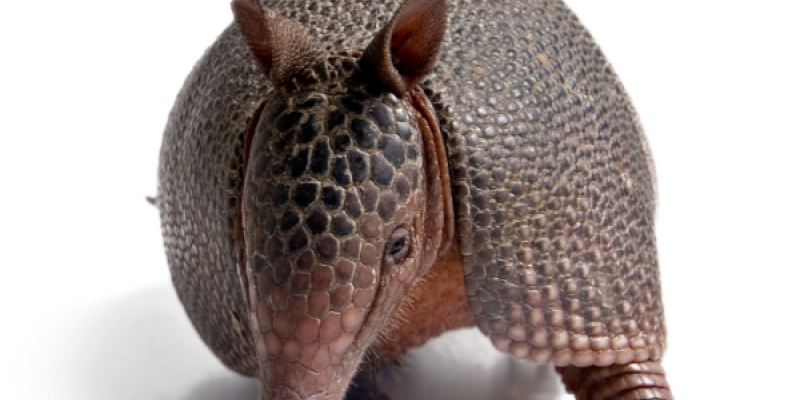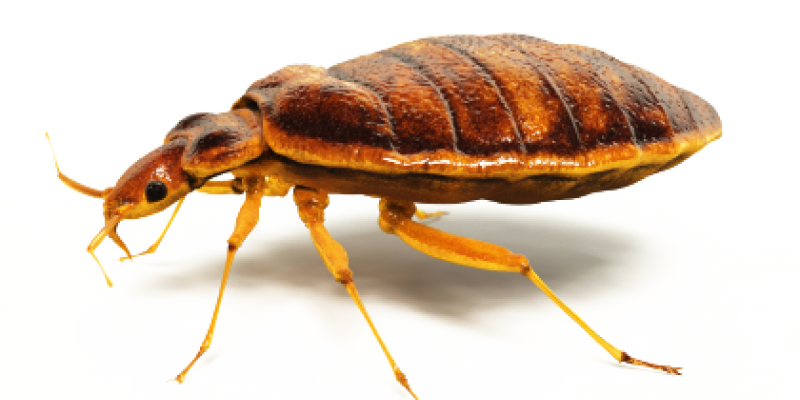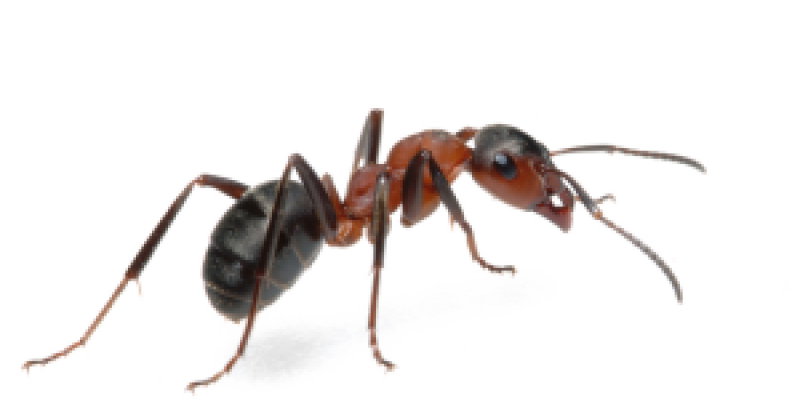SPIDERS
SPIDERS
PHYSICAL CHARACTERISTICS
Spiders can survive for long periods of time without food and also have been known to survive even whole house fumigation. There are anywhere from 500 to 800 species of spiders in the United States.
Spiders have only 2 body regions, no antennae, no compound eyes and have 4 pairs of legs. The female lays her eggs either in a dark place or in egg sacs depending on the species. Most spiders can climb and hang by silk webs, and some can even jump. Many spiders, especially young spiders, move long distances by spinning a web and letting the wind carry them and their web. This is called ballooning. The spider climbs to the top of a roof or fence post and releases a strand of silk into an air current. Some spiders are known to have been carried in this manner for distances of 60 miles and upwards to 5,000 feet.
Some spiders do not spin webs. Males are usually smaller than females of the same species.
While all spiders have poison glands containing venom, there are two kinds of spiders that bite and can cause painful poisoning in humans. They are the black widow spider and the brown recluse spider.
BLACK WIDOW SPIDER
Female black widows are black with a red or orange hourglass shape on the underside of the abdomen. Black widows are present in every state in the United States as well as other countries with similar or warmer climates. The black widow web is an irregular, tangled, crisscross web woven of a coarse silk. Strand for strand it is stronger than steel and is used for crosshairs in large telescopes in observatories.
A female may produce four to nine egg sacs during a summer. Egg sacs contain 300 to 400 eggs which will hatch in about 8 to 10 days. Egg sacs appear white in color, but after a while turns pale brown. After laying eggs the female is hungry and more likely to bite a human.
A bite may cause pain at the site of the bite, general aching of the body, headache, and nausea but in most cases, symptoms disappear in 2 to 3 days. In some instances, bites can be fatal.
BROWN RECLUSE SPIDER
Brown recluse spiders can be identified by the violin shape on the back of the thorax. Also, they have six eyes while the majority of spiders have eight. “Fiddle back spider” and “Violin spider” are other names of the brown recluse spider.
Adult male and female brown recluse and immature spiderlings are capable of injecting venom which may result in serious lesion formation. People are most commonly bitten in bed, dressing or cleaning storage areas. If the damage is severe, a skin graft is sometimes required.
PREVENTION & TREATMENT
Not only does the 24/7 Local Pest Control Residential Protection Plan treatment provide a residual barrier for the control of insects and spiders, but we also physically sweep down all accessible spider webs. This helps control re-infestation in 2 ways:
- It kills any visible spiders in the process of removing the actual web.
- It removes the harborage of the spider.
- It forces the new spiders to contact the residual barrier in order to get to the home.
Contact 24/7 Local Pest Control to learn more.

